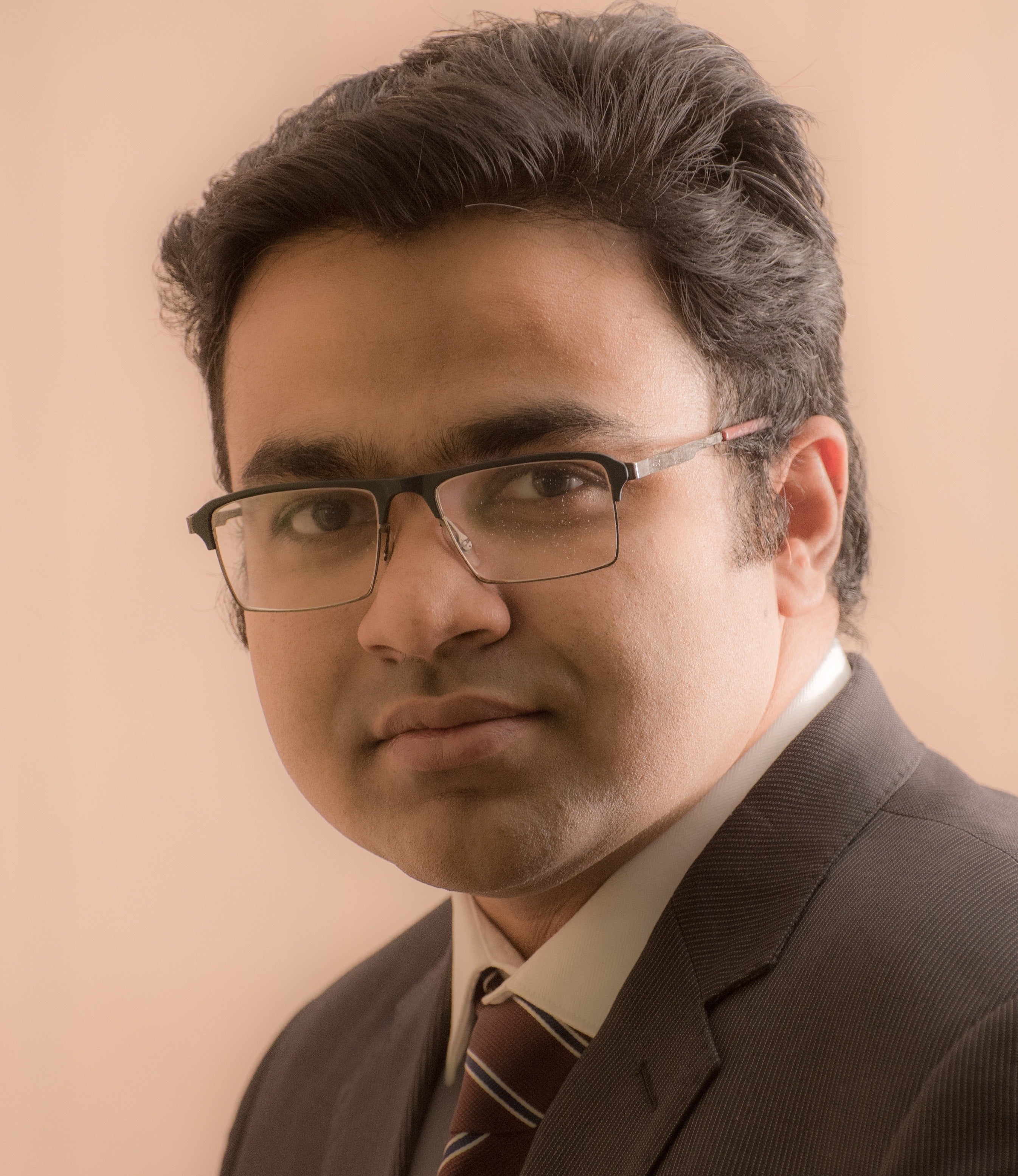
Lecturer
-
JEC 5007
-
chowdm6@rpi.edu
- 0000-0002-9759-5295
Research
Primary Research Focus
Machine Learning (Scientific/Applied)• Energy and Sustainability • Sensors and Spectroscopy • Data-Driven Modeling • Digital Twins • Cyber-Physical Systems • Generative Design
Teaching
MANE 4030 : Elements of Mechanical Design
MANE 4962 : Machine Learning for Engineering
MANE 4910 : Fluid Dynamics Laboratory
MANE 4740 : Thermal and Fluids Engineering Laboratory
ENGR 4760 : Engineering Economics
Publications
The following is a selection of recent publications in Scopus. M Arshad Zahangir Chowdhury has 16 indexed publications in the subjects of Physics and Astronomy, Engineering, Physics and Astronomy.
ACS Sensors
, 8
, 2023
, pp.1230-1240
.
IAVVC 2023 - IEEE International Automated Vehicle Validation Conference, Proceedings
, 2023
.
Journal of synchrotron radiation
, 29
, 2022
, pp.1495-1503
.
Applied Sciences (Switzerland)
, 12
, 2022
.
Applied Physics B: Lasers and Optics
, 128
, 2022
.
Journal of Infrared, Millimeter, and Terahertz Waves
, 43
, 2022
, pp.683-694
.
Proceedings of SPIE - The International Society for Optical Engineering
, 12227
, 2022
.
International Conference on Infrared, Millimeter, and Terahertz Waves, IRMMW-THz
, 2022-August
, 2022
.